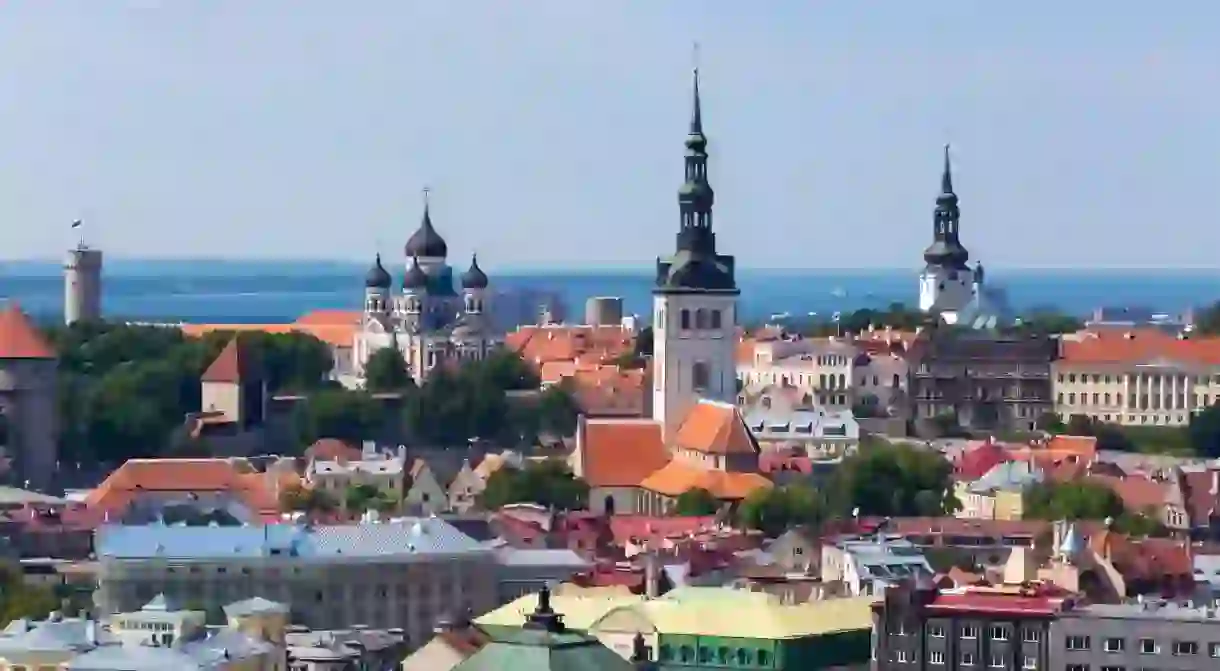Travel Bubbles and How They Could Get the World Moving

The Covid-19 pandemic brought global travel to a standstill. But little by little, borders are opening up. Culture Trip reports on the new travel bubble phenomenon – and the countries that are gradually lifting restrictions.
The coronavirus outbreak caused massive job and revenue losses in the tourism industry globally. Yet only a year ago, the world was more mobile than ever, with people taking 4.6 billion flights. It may be some time before we are able to travel so freely again, but there could be a light at the end of the tunnel. We report on the areas that are loosening up the lockdown.
The Baltic nations of Estonia, Latvia and Lithuania opened their borders to one another on 15 May, creating Europe’s first coronavirus “travel bubble” as a way to aid the ailing tourist industry and help restart the countries’ economies.

In a statement, Prime Minister Saulius Skvernelis of Lithuania called the move “an opportunity for businesses to reopen, and a glimmer of hope for the people that life is getting back to normal”.
The announcement by the Baltic governments follows a statement made in late April by the prime ministers of Australia and New Zealand, who have agreed to establish a similar bubble when flights between the two countries can be safely arranged.
The European Union includes some of the countries worst hit by the pandemic – notably Spain and Italy – along with others such as Greece that have so far limited its impact.
EU officials are trying to encourage countries to end restrictions on movement as concerns grow about the economic impact of the lockdown, but they are recommending a phased approach to reopening borders between countries.
It is thought Germany, Austria and the Czech Republic will be the next nations to come together to form another isolated travel bubble, although there is no timeline in place.

What is a travel bubble and how does it work? Travel bubbles establish a zone in a designated, approved part of the world within which people can travel freely across borders. The bubble might be made up or two or more countries who agree to open their borders between each other. Anybody arriving from outside a travel bubble must continue to self-isolate for 14 days.
Before a free flow of travel can officially begin between countries, specific conditions must be in place for the proposed plans to work safely and effectively.
Countries must have similar overall risk profiles surrounding the pandemic – for example, Australia and New Zealand both have a coronavirus mortality rate of just 1 percent and have so far maintained low, single-digit daily increases in new cases.

Other provisions include Covid-19 rapid testing available for travellers at airports, while the ability to contact-trace travellers and temperature checks have to be considered.
An ongoing political “compatibility” between the countries is also important.
“If there is any country in the world with whom we can reconnect with first, undoubtedly that’s New Zealand,” Australian Prime Minister Scott Morrison said in April.

The two countries may be separated by 2,000km (1,200mi) of sea, but they have one of the closest bilateral relationships in the world and contribute heavily to each other’s tourist industry.
In 2019, almost 40 percent of tourists and 25 percent of tourism spending in New Zealand were Australian. Kiwi tourists in Australia also made up 15 percent of visitors.
Tourism has been hit hard in the wake of the coronavirus, since both countries almost completely shut their borders to the outside world in March. This travel bubble will be in place by August, in time for the start of New Zealand’s ski season.

There’s also some discussion about extending the bubble to include the Pacific Islands. From a health perspective, the Pacific Island nations appear to have escaped the outbreak largely unscathed, but tourism has taken a major hit, especially in Fiji.

In the United States, regional bubbles – authorised travel between a group of states, for example – could be a way to get people traveling again and help revive businesses. But experts say such a plan in the US would be difficult, if not impossible, to make official without infringing upon the rights of states and citizens.













